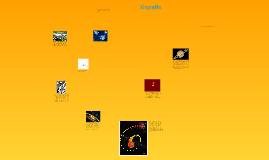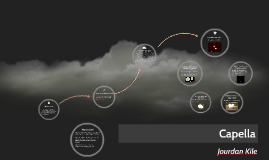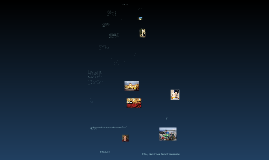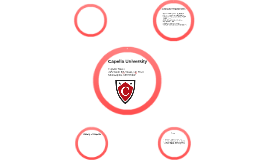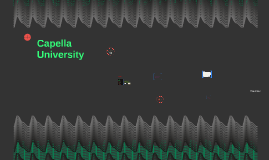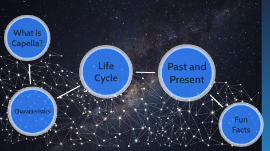Capella University
Transcript: TCU www.capella.edu/watchcommencement. Spartans http://www.ut.edu/tuition/ Purple and White CREDITS TCU Colleges to go to ! The Spartans Super Frog No Sports Or Athletics ! Only football and basketball. Mr. Hawk The Horned Frog By: Madison Turman. Gold, Black, Scarlet. Colleges to go to ! University of Tampa Capella University University of Tampa Colleges purple and old gold A block of rooms have been reserved at the Minneapolis Hilton at a special room rate of $121.00 plus tax for single or double occupancy, $20.00 additional person. http://www.tcu.edu Sports Baseball Basketball Cross Country Golf Soccer Swimming Track Rowing Softball Tennis Volleyball Thanks for watching ! The University of Tampa considers the safety of all University community members. Capella University •Estimated annual cost, including tuition, room and board, books and fees, is $48,530. The Hawks Rooms & Semester Cost. Single $3,442-$3,870. Double $2,190-$2,550. Triple $1,860-$2,278. must be suitable for school. Baseball, swimming, diving, football, volleyball, track, golf, etc. •Enrollment of 9,925







